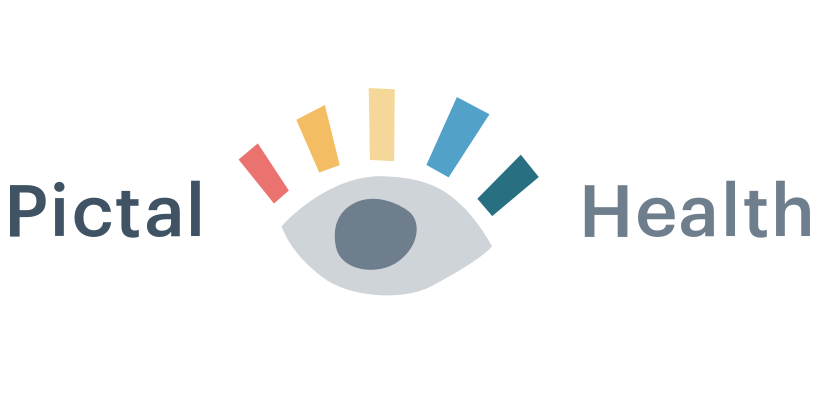Design research findings: Learning from complex patients and the providers who treat them
As part of this work I’ve interviewed many different patients, caregivers, nurses, and doctors. For patients and caregivers, I wanted to know how they communicate with their care team: what works and doesn’t work, what is frustrating, how they keep track of what is happening with them, etc. I focused on patients with complex health problems and those who were trying to get a diagnosis. For healthcare providers, I wanted to understand their thought process: how they approach the diagnostic process, how they manage time during patient visits, what their pain points are, and what they would improve.
This type of work is called ‘design research,’ and it is an early step in the process I use in all my design projects. The goal is to discover opportunities and information that will help shape the solution.
After my recent interviews, I combed through new and old interview transcripts and wrote down key insights on sticky notes. I then put all the notes up on a wall and organized them into themes. This is a process of insight distillation called affinity diagramming, and no matter how well I think I know the topic, it always helps to clarify and organize information in this way.
Now I would like to share what I’ve learned with you! I am open-sourcing my research so that we can collectively move forward with improving the patient experience and doctor-patient communication.

